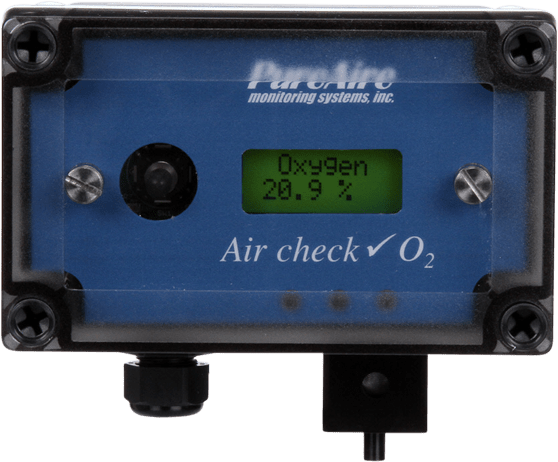MRI

Magnetic resonance imaging (MRI) allows doctors to diagnose injuries and illnesses, so they can determine the best way to treat everything from cancer to tendonitis. The MRI machine uses magnets to scan the body and provide accurate, reliable images, allowing doctors to see what’s going on in the body without cutting it open.
The magnets inside the MRI machine are very powerful, capable of conducting enormous amounts of energy. The magnets and connective wires inside the MRI machine must be kept cool. Otherwise, the magnet could overheat, leading to problems with the diagnostic imaging. With a super low temperature of -450 Fahrenheit, liquid helium is an effective chilling mechanism that keeps the magnet and wires in safe operating range. While the liquid helium is safe and effective when used in the MRI machine, it could pose danger if the cold liquid leaked into the MRI lab.
A UK hospital experienced a helium leak when an MRI machine was not properly installed. Fortunately, no one was present in the room when the leak occurred; however, the incident could have caused fatalities. When super-cold helium leaks into the MRI room, it can affect the temperature and pressure in the room, and displace oxygen — causing hospital staff and patients trapped inside to suffocate.
Lab workers are unable to see or smell the liquid helium, so there isn’t a way for them to spot a leak and evacuate. Thus, the best way to check for leaks is to monitor the levels of oxygen, which stay constant unless there’s an inert gas displacing the oxygen.
Wall-mounted oxygen monitors allow lab workers to check oxygen levels on the digital display for peace of mind. With oxygen detectors in place, patients and staff can focus on the procedure without worrying about being exposed to helium.
If something does go wrong, the oxygen monitors will detect a helium spill before it displaces ambient oxygen, then notify employees of the problem before oxygen levels fall to critical OSHA levels, which are 19.5 percent.
The sample draw oxygen monitor is our recommendation for use in MRI machines and other environments where sterility is key, as the monitor can sit outside the MRI room and use a cable to check air inside the room. The O2 monitor can deliver accurate readings up to 100 feet away from the testing site, which provides hospitals with choice in where to locate the unit.
PureAire’s oxygen monitors are uniquely suited for use in MRI rooms for several reasons. No metal can be present in the MRI room, due to the significant strength of the magnet. While some oxygen monitors use metal in the sampling tube, PureAire’s oxygen sample draw monitors feature a polyurethane tube — which means they’re safe for use next to MRI machines.
PureAire’s oxygen monitors are highly accurate and do not change with thunderstorms or barometric pressure shifts. Accuracy is key to protecting the public health; if an oxygen monitor isn’t accurate, it could fail to provide sufficient warning.
PureAire’s O2 monitors function reliably even in confined spaces, and require no calibration and no maintenance — in contrast to other brands of oxygen monitor. MRI technicians are busy, and they don’t need to worry about whether the oxygen monitor is properly calibrated. PureAire’s oxygen monitor is efficient and cost-effective. With a three year warranty and guaranteed performance for 10 or more years, it’s the smart choice for hospitals that want to ensure technician and patient safety in the MRI room. Explore all styles of oxygen monitor today.


